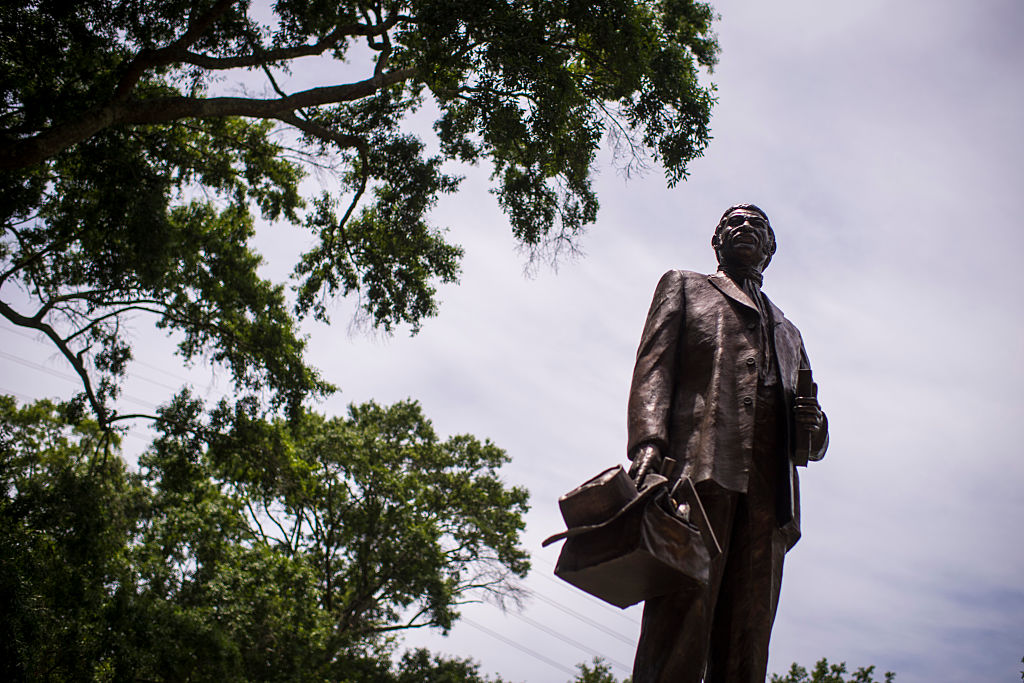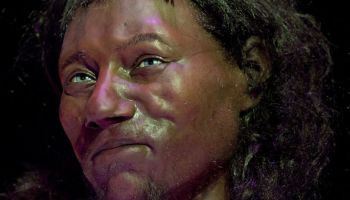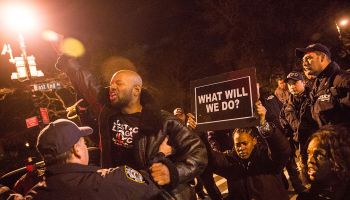
A Denmark Vesey monument is seen in Hampton Park in Charleston, South Carolina on June 23, 2015. | Source: The Washington Post / Getty
UPDATED: 11:30 a.m., ET, June 16, 2023
The North American Slave Revolts are often centered on the most well-known rebellion of African captives rising against their captors: The Nat Turner-led revolt of 1831.
But the Denmark Vesey conspiracy, however, is also notable if for nothing else than the sheer number of slaves involved and how a simple, cowardly confession from fearful members of the revolution foiled Vesey’s epic plot. On June 16, 1822 — 201 years ago today — thousands of African slaves were betrayed by their own after the plot was revealed, resulting in dozens of executions.
MORE: Slave Uprisings Were Legitimate Insurrections, Unlike Jan. 6 Capitol Riots
Denmark Vesey was born a slave in the Caribbean and worked in the country of Haiti (then known as French Saint-Domingue). He eventually moved to the city of Charleston in South Carolina as a youth. Winning a large sum of cash, Vesey would buy his freedom and begin working in the trade of carpentry. He would help to create a branch of the African Methodist Episcopal Church, but his building was shuttered by white authorities.
Angered by the closing of his church and finding inspiration in the 1791 Haitian Revolution, Vesey would begin planting seeds to start a similar revolution among the slaves in Charleston. Planning the uprising to occur during Bastille Day (or French National Day) on July 14, 1822, Vesey hoped to liberate slaves and slay slave owners. Both freed slaves and those under ownership were recruited for the task, numbering into the thousands.
Sadly, the Vesey-led uprising would not take place due to a treasonous act from inside his camp.
Watch a video about Vesey’s revolt below.
Two slaves who stood in opposition to Vesey’s plans leaked the plot to their masters, resulting in Vesey, 130 Black people and four white people being charged by Charleston authorities. Of the convicted, 37 of those involved in the revolt plans were hanged, including Denmark Vesey.
Scholars of the Vesey Conspiracy allege that the plot, while possibly a real thing, was not the widely spread revolution it was purported to be.
Although Charleston was not Vesey’s home, with information implying that he was of Ghanaian descent, the Denmark Vesey house was made a National Historic Landmark in 1976.
This is America.
SEE ALSO:
Benjamin Banneker Challenges Slavery In Letter On This Day In 1791
Disguise Leads To Freedom For Former Slaves: The Story Of Ellen and William Craft

















